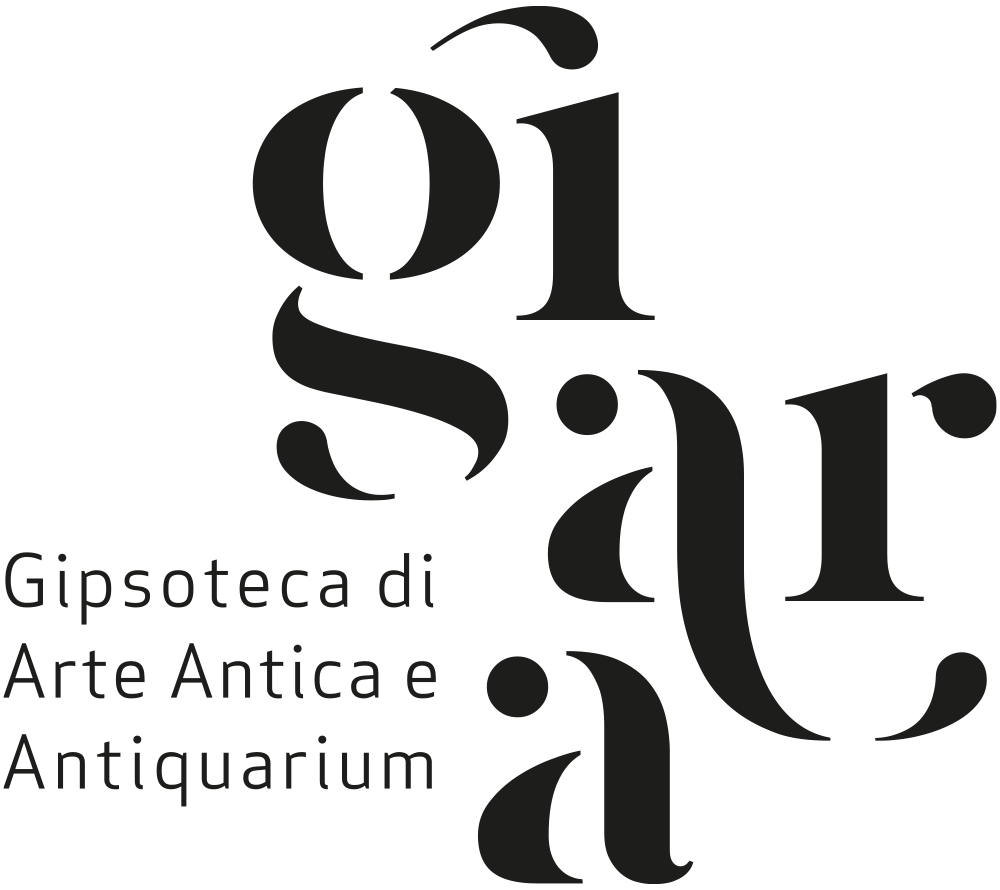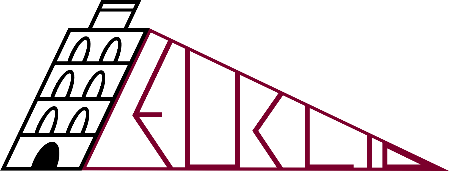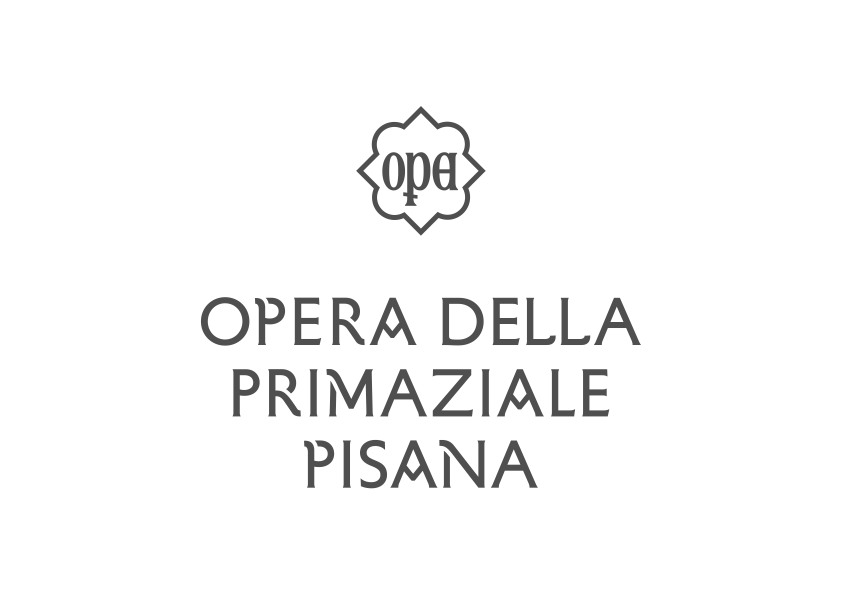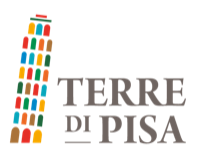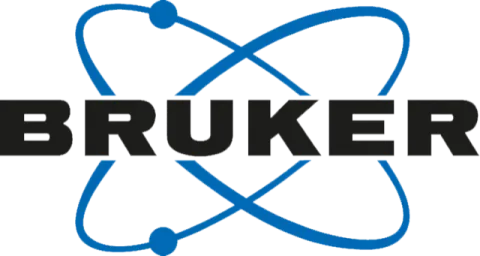S1. Raman spectroscopy for characterization, diagnosis and conservation of CH
Raman spectroscopy is a well-established technique for: identifying cultural heritage materials, exploring the nature of degradation products, monitoring degradation processes, and detecting conservation products. It also supports authentication studies in forensic cases. This session will serve as a forum to present studies showcasing the significant role of Raman spectroscopy in addressing specific research questions, often in conjunction with traditional methods.
S2. Combined approaches
In the specific field of cultural heritage, it is not possible to define a single technique capable of answering all diagnostic questions; it is often necessary to combine several techniques in order to characterize the objects under study. This is not reduced to a simple multidisciplinary approach, but often requires an effort to merge data as well as a simple translation of the different languages. This section is dedicated in particular to how to combine Raman spectroscopy with complementary techniques both elementary and molecular such as (LIBS/XRF+Raman, FTIR/HPLC+Raman, etc.) to exploit the relative advantages.
S3. Non-conventional methods: SORS, SERS, Synchrotron Radiation methods
Cultural heritage materials often exhibit complex stratigraphy and heterogeneous compositions; in that case the use of traditional setup might limit the quality of information obtained. In recent years, non-conventional sources such as synchrotron radiation and advanced laboratory-based methods like SORS (Spatially Offset Raman Spectroscopy) and SERS (Surface-enhanced Raman Spectroscopy) have enabled detailed analysis of both surface and subsurface layers in stratified materials, significantly advancing our understanding of art and archaeological artifacts. Moreover, at large-scale facilities, synchrotron radiation-Raman spectroscopy methods can be combined with various techniques to improve structural and compositional characterization of studied materials. In this session, case studies and applications exploring the challenges and opportunities associated with non-conventional methods in Raman spectroscopic studies are highly welcomed. The aim is to foster discussion on new frontiers in non-traditional Raman spectroscopy applications.
S4. Technical innovation, mapping, wide-field Raman spectroscopy, field in situ methods
Forty years have passed since Raman spectroscopy was first applied to cultural heritage materials. Since then, significant technological advancements have enhanced resolution, setup configurations,mode of investigation and sampling, alongside miniaturization of instruments. These developments have prompted the application of Raman spectroscopy to address diverse research questions. This session is dedicated to exploring and presenting recent innovations aimed at enhancing the Raman spectroscopy experience in the cultural heritage field. We welcome discussions on technical innovation in Raman spectroscopy, focusing on opportunities and challenges in the study of art and archaeological materials.
S5. Chemometric, multivariate data analysis techniques, machine learning methods, open data
In the era of open data and collaborative digital infrastructures for Cultural Heritages, significant attention is given to the standardization of data for effectively sharing spectral information correlated with metadata. Standardization is also essential for applying chemometric approaches to compare and correlate large datasets typically acquired through Raman spectroscopy's quick and straightforward method. Integrating spectral data with other techniques commonly used in the characterization of cultural heritage materials (e.g., mineralogical, structural, elemental data) necessitates the development of tools and protocols that account for numerous variables. This session aims to foster discussion on recent advancements in data processing and management, focusing on protocols, tools, and case studies.






